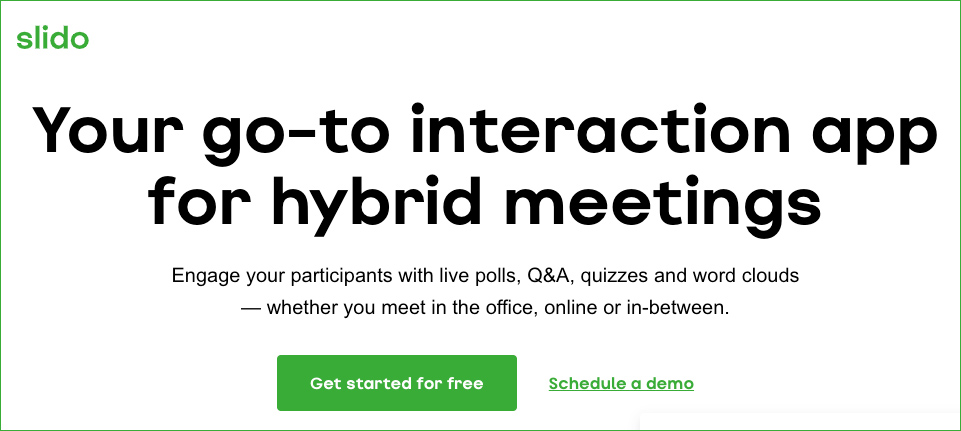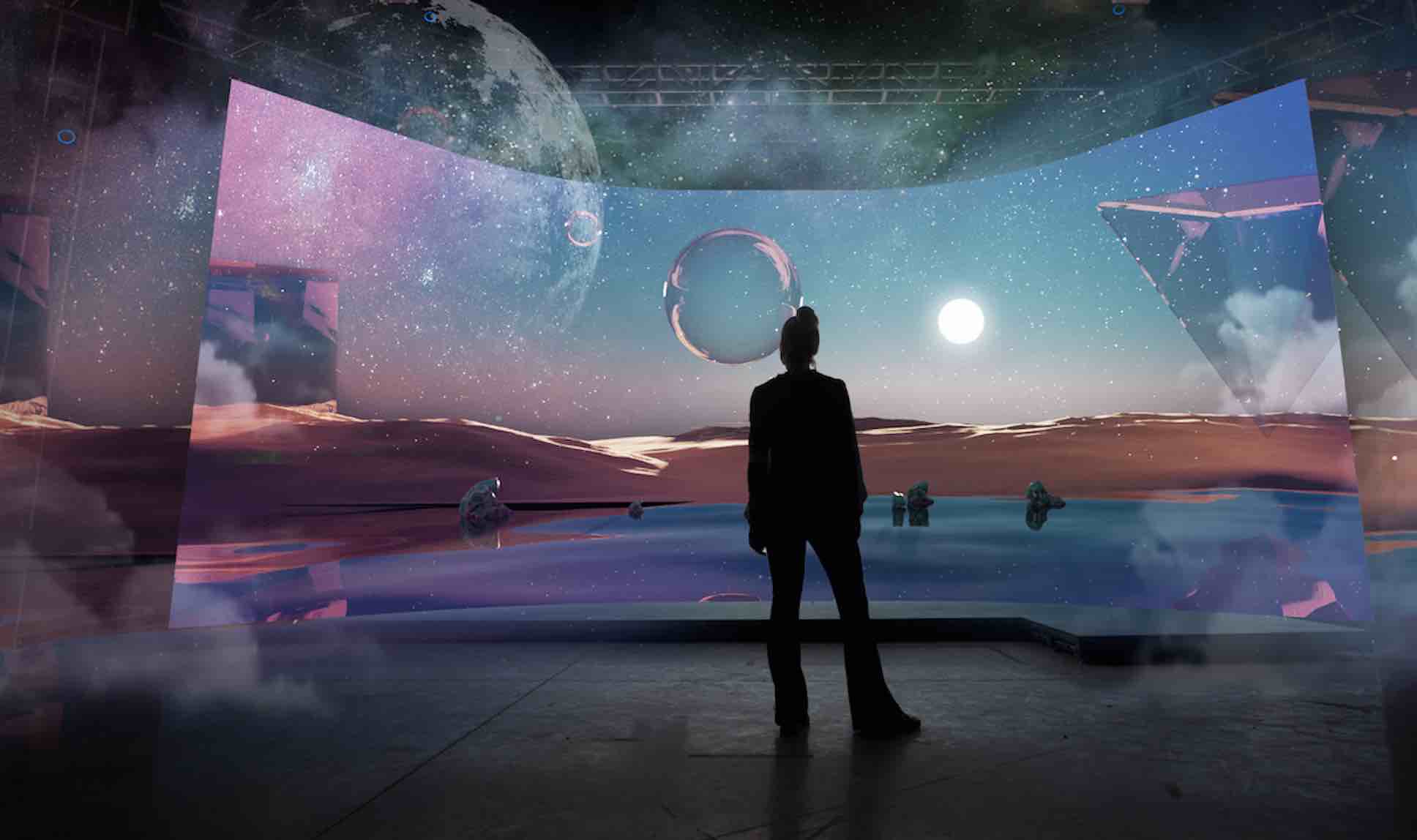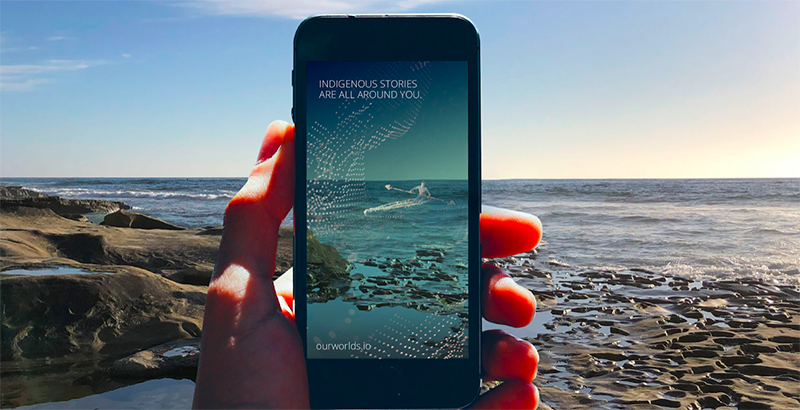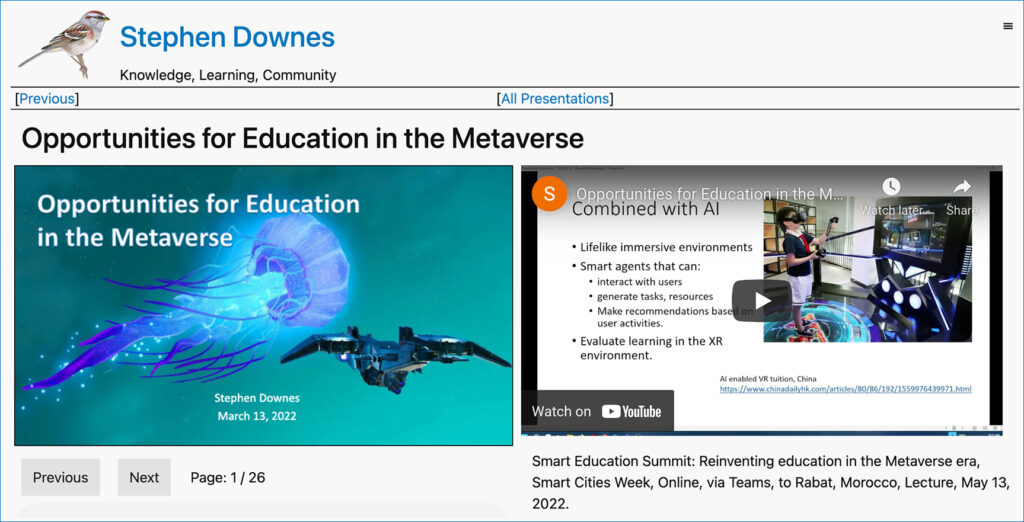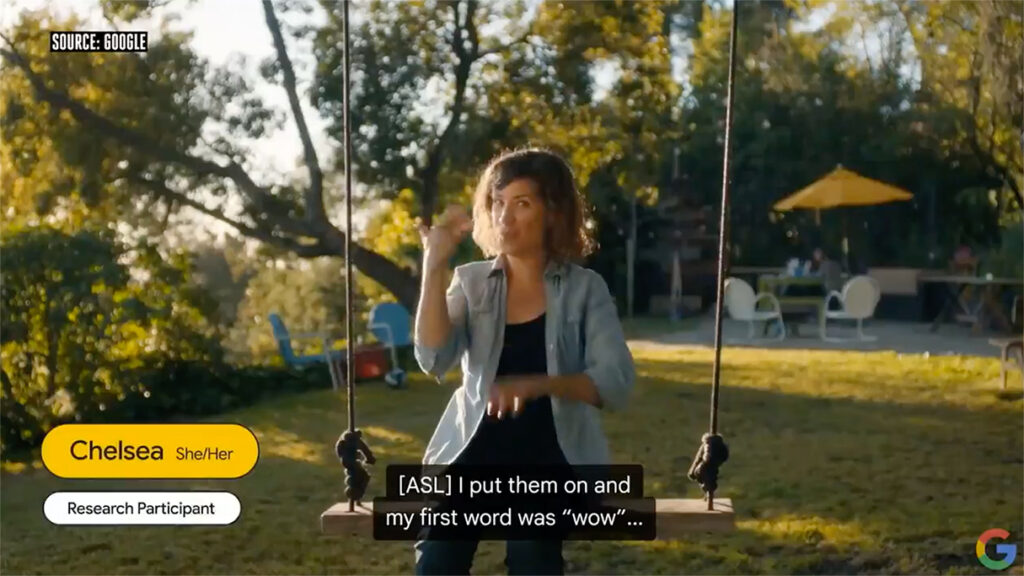The Future of Education | By Futurist Gerd Leonhard | A Video for EduCanada — from futuristgerd.com
Per Gerd:
Recently, I was invited by the Embassy of Canada in Switzerland to create this special presentation and promotional video discussing the Future of Education and to explore how Canada might be leading the way. Here are some of the key points I spoke about in the video. Watch the whole thing here: the Future of Education.
…because by 2030, I believe, the traditional way of learning — just in case — you know storing, downloading information will be replaced by learning just in time, on-demand, learning to learn, unlearning, relearning, and the importance of being the right person. Character skills, personality skills, traits, they may very well rival the value of having the right degree.
…
If you learn like a robot…you’ll never have a job to begin with.
Gerd Leonhard

Also relevant/see:
The Next 10 Years: Rethinking Work and Revolutionising Education (Gerd Leonhard’s keynote in Riga) — from futuristgerd.com









